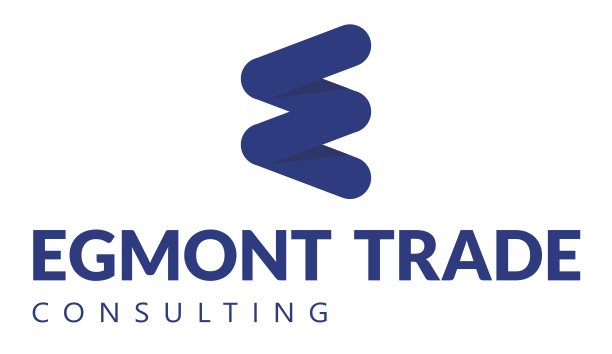President Trump’s America First Trade Policy and Its Impact on Export Control Compliance
On his first day in office, President Trump signed over 40 executive orders, many of which have significant implications for U.S. trade relationships and business partners. Among these, the America First Trade Policy Memorandum mandates various federal agencies to submit reports and recommendations to the President by April 1, 2025. These reports address a wide range of trade policy issues, including improvements to U.S. export control regulations, national security review processes for information and communication technology services (ICTS), other technologies, and the outbound investment Executive Order and its final rule. This memorandum explicitly directs the Commerce and Treasury Departments on export control and sanctions enforcement to evaluate enforcement strategies and compliance measures to maintain U.S. technological leadership. In other words, the current Trump administration is expected to intensify restrictions and enforce export controls, with the Bureau of Industry and Security (BIS) playing a key role.
Regulatory changes implemented during the Biden administration have created a foundation for stricter enforcement, focusing on preventing adversaries like China and Russia from accessing sensitive U.S. technologies – specifically the following industries:
(1) advanced computing semiconductors and certain closed artificial intelligence (AI) model weights,
(2) Information and Communications Technology and Services Supply Chain: Connected Vehicles
(3) unmanned aircraft systems (UAS)
(4)biotechnology equipment and related technology
Congress has also increased pressure on BIS to adopt the high-probability standard, drawing comparisons to provisions under the Foreign Corrupt Practices Act (FCPA). A notable example is the Siemens case under the FCPA, which resulted in $1.6 billion in fines, highlighting the potential magnitude of penalties for violations. This shift represents a strong strategy to enhance compliance and protect U.S. technological and economic interests.
Given these recent policy developments, businesses that must comply with U.S. export control regulations should review their compliance programs to ensure they are up to date with the new rules and conduct training for their staff to keep the relevant personnel informed. Furthermore, according to best practices, an internal export control audit should be performed at least once a year; however, the frequency of an internal audit depends on the company’s risk profile and the complexity of its export activities, potentially requiring more frequent audits (quarterly or semi-annually) for high-risk scenarios.
Please contact us if you have any questions about the recent proposed updates to the Export Administration Regulations or need assistance with your internal compliance programs.
